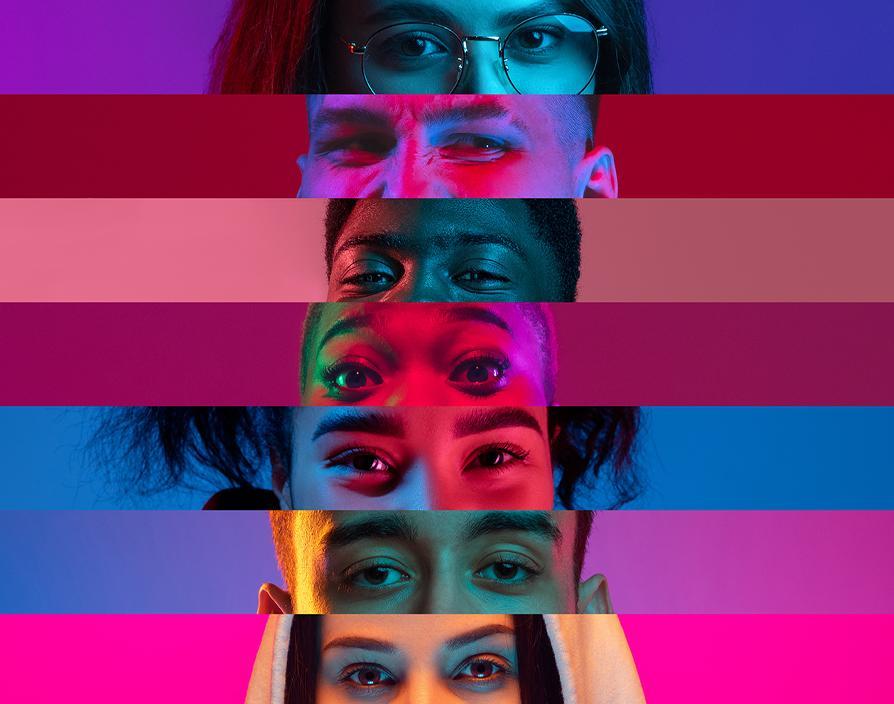Despite this, it is also one of the most controversial and least understood subject matters that is rooted in social justice philosophy, civil rights legislation and business strategy.
As a result, diversity has evolved into a somewhat nebulous arena where the very word itself invokes a variety of meanings as well as emotional responses, which have progressed over time into the branded notion of equity, diversity and inclusion (ED&I). It’s been a true evolution and a long-time focus for many companies. But recently, there has been a shift beyond representation towards inclusion and the effect it can have on generating business results.
The origins and current perspectives of diversity initiatives in the workplace
Workplace diversity approaches had not started to emerge until the mid-1960s with some organisations before this having deep histories of race and gender discrimination, as well as a lack of cultural diversity, with no protocols, training or reprimands.
Participants of the early anti-discrimination training were often left with a variety of emotions, few of them positive, due to the training focusing primarily on treating historically underrepresented demographics of workers and equitably in white male-dominated environments, and to avoid costly employment tribunal claims. In addition, in some instances, non-members of these groups resented their exclusion and felt that preferential treatment was being afforded to the targeted groups.
Diversity is coming under the spotlight with many commentors questioning its impact, as well as the authenticity of businesses adopting diversity policies. As a result, it has been viewed as a game designed to make people feel like progress is being made towards equality with the rollout of one-day or online training sessions, as well as the creation of identity-specific affinity groups hindering the very progress that these programmes are wanting to address. Diversity is now being perceived as another way of declaring a ‘protest zone,’ in order to keep the noise contained and therefore allowing organisations and institutions to not properly address the real issues behind ED&I.
Diversity training alone will not lead to inclusivity
It should not be surprising that most diversity programs are having little impact on diversity outcomes. A study in HBR (Harvard Business Review) has highlighted how the three most popular interventions, including mandatory diversity training, job tests and grievance systems, make organisations less diverse because of managers’ resistance to strong-arming.
Senior management teams have favoured a classic command-and-control approach to diversity, due to it filtering expected behaviours down to dos and don’ts that are easy to understand and defend. However, this approach also goes against the well-respected knowledge around how to motivate people to make changes, which in the case of addressing ED&I issues is through a concerted effort to provide a long-term solution to the problems of discrimination.
True diversity is about full ‘inclusivity.’ It’s a continuous effort throughout the whole lifecycle of an employee’s career, where leaders will need to continually develop comprehensive protocols and initiatives that foster a psychologically safe environment for inclusivity to thrive, with a real purpose so that it is being deliberately designed into the DNA of the organisation.
Universities are addressing this through the ‘decolonisation of the curriculum,’ which challenges the present globalisation and its pretensions of universalism that hides the reality of the Europeanisation and Americanisation of the modern world. Higher education institutions are therefore not just rolling out ineffective diversity training, but trying to inject a paradigm shift so that there is both a reflective and reflexive approach for all workers to assess their own impact on inclusivity.
Organisations can therefore address the issues around diversity when control tactics are not utilised as part of the programme and engagement is genuinely generated through increasing contact between different groups and people’s desire to look good to others. HBR’s study exploring why diversity programmes fail, highlighted tactics such as voluntary training, mentoring and employing diversity managers as being more effective when it comes to instilling positive change.
Diversity can enhance business performance, but only if the climate as well as culture support this. It has to be woven into the cultural fabric of the organisation and integrated into every people-related process and business operations.
Having an inclusive workforce means having employees with a broad range of characteristics and experiences which contributes towards a more successful business. Inclusivity means not discriminating based on different aspects of our characteristics and having an open-minded attitude towards people who may be different to ourselves. This involves everyone in an organisation inwardly assessing their own power and how this can affect others, so the work environment can feel more inclusive for everyone.
ED&I initiatives require strategic management and calculated repositioning, as change can cause fear uncertainty and psychological distress among employees, leading to resistance that risks undermining those necessary change efforts.
The workforce will eventually be primarily made up of millennials and, according to the 2018 Deloitte Millennial Survey, millennials value an organisation more when it has a culture based around inclusion – an area organisations cannot ignore when trying to attract this modern-day workforce.
Share via:








































